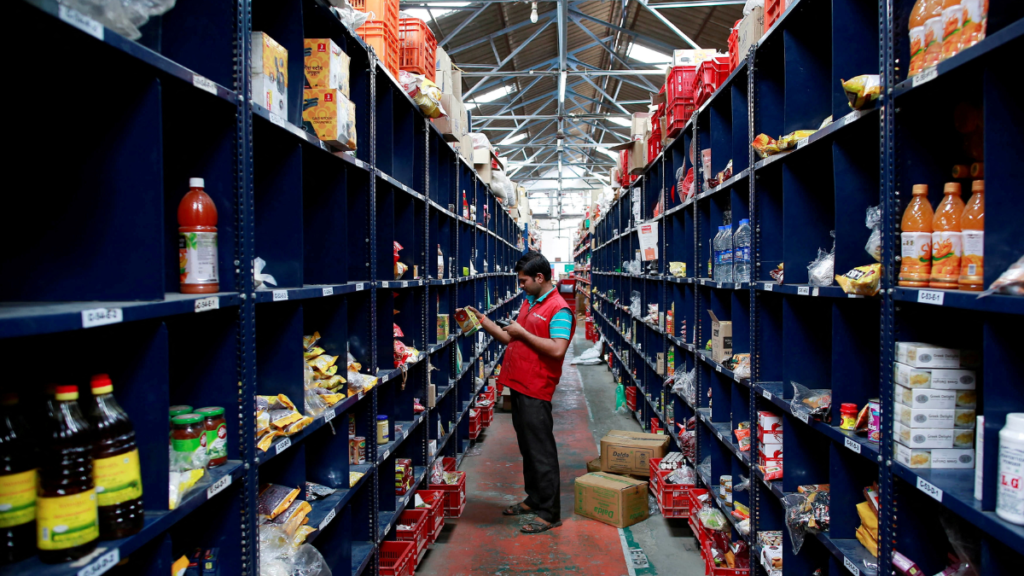The government is considering establishing a special zone dedicated to promoting exports through e-commerce. The idea is to free companies from most existing compliance requirements and give them the flexibility to sell directly to consumers across borders.
The proposed e-commerce export zone is likely to be driven by private investment, but the government plans to make it possible through necessary policy changes, according to a plan that is part of the Department of Commerce's 100-day agenda. It is.
Currently, export consignments sent through e-commerce must comply with the same set of rules to which business-to-business exporters are bound, even though they are relatively small and primarily destined for end consumers. there is. This increases costs and delays or limits some activities needed to sell to consumers.
According to the ministry's plan, the dedicated e-commerce export hub will have warehousing, customs clearance, returns processing, labeling, inspection and repackaging, and related facilities. These are on the line of Export Oriented Units (EoU).
Estimates put the export potential of e-commerce in the range of $200 billion to $300 billion by 2030, whereas it currently stands at only around $2 billion. Global e-commerce exports are expected to reach $2 trillion by 2030, up from $800 billion currently.
Essentials for promoting e-commerce exports include raising the value limit per shipment, making rules for accepting payments less cumbersome, and allowing returns to be re-imported without paying customs duties.
This mechanism needs to be established to manage returns of goods exported through e-commerce. E-commerce export profits will be between 15% and 20%, allowing re-entry into India.
According to the provisions of the Foreign Exchange Management Act, export proceeds must be brought back to India within 270 days, but this may not be possible in the case of e-commerce exports, so changes are needed here as well.reserve bank of india
Another issue is providing pricing flexibility, which is important for e-commerce. For e-commerce exports where RBI has to be approached, discounts or price hikes need to be enabled after declaring the export price. For other exports, foreign exchange receipts must not vary by more than 10% from the declared export price.
The documentation burden should also be reduced, as e-commerce exporters currently have to submit the same set of documents and pay the same bank fees as large exporters.
March report on growing exports from Micro, Small and Medium Enterprises (MSMEs)
China was one of the first countries to start developing e-commerce hubs in 2015 to explore policy and regulatory models that support the development of cross-border e-commerce. In 2023, China's cross-border electronic commerce (CBEC) import and export value was $331 billion, of which $254.4 billion was exports.


